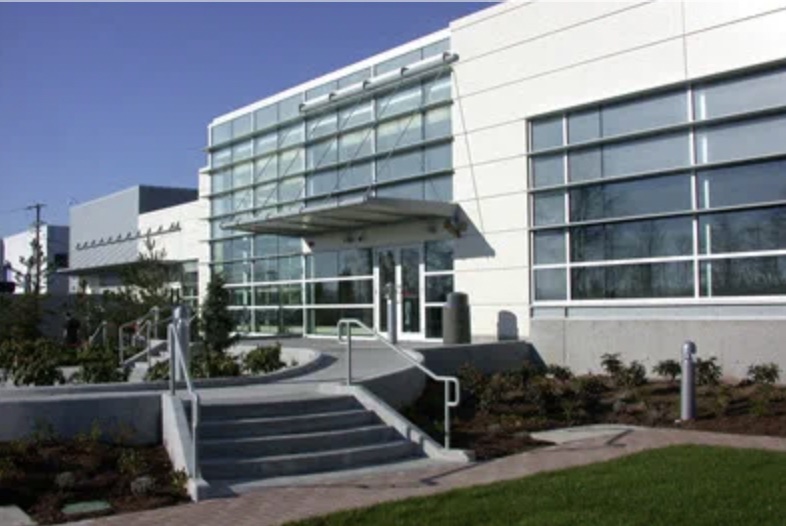Biotechnology giant Amgen (NASDAQ: AMGN) is using bioprinting to simulate the immune system to aid drug development. The company’s research looks for immune responses from compounds being evaluated for use as medication. This could speed up drug development and save the firm money, while helping it find new blockbuster treatments.
Traditionally mice or other animals would be used to test immune responses, but this is cruel and inefficient—not to mention, human cells have the potential to be much more accurate to the end application. A faster, more cost-effective method is to make a model of the immune system and test this quickly.
“This is one of the big challenges we still have in drug development – not being able to predict what will happen in humans in terms of immune responses. We are investing in assays that allow greater prediction of biology. In this case we are using three-dimensional organoid-like structures that allow us to better replicate human immunity. The long-term goal is to learn from this biology so we can better predict immunity using Artificial Intelligence (AI) and Machine Learning (ML) in the future,” Chadwick King, executive director of Research at Amgen, said.
So, a true hyper-marriage of 3D printing and ML may be the key to Amgen’s drug development future. The team is using tissue from tonsillectomies (waste not, want not!) as a basis for its research. The tonsils contain a great deal of immune sells and are located strategically to combat pathogens entering our mouths. The team found that, in culture, “the cells spontaneously formed 3D clusters that behave similarly to how they would in the body.” These tonsil organoids will be turned into an internal biobank of tissue which will be leveraged for expanded testing on tissue and machine learning models.
FluidForm’s patented FRESH technology is proven to produce real functional beating human ventricles and heart valves. Image courtesy of FluidForm.
Through work with FluidForm FRESH, the company is also 3D printing tissue to engender better control over responses. The team is looking at using FRESH to tinker with the tissue so that it responds in different ways to antigens. It hopes that this work will lead to the discovery of antibodies that could be used in disease-fighting medicines. Furthermore, bioprinting could lead to less use of animal or human sample tissue. Also such samples could be used more broadly and efficiently throughout the company’s work.
Most people are very familiar with the potential of bioprinting. The recent “Bioprinting: Markets and Opportunities” report from SmarTech Analysis predicts that the market will be worth $1.2 billion by 2028. If we get there, it will still take many millions of dollars and a number of years to get to 3D printing tissue in a clinical setting, however. For now, the most immediate market for bioprinting is either in university research or drug discovery.
Graph from SmarTech Analaysis bioprinting report: “Bioprinting: Markets and Opportunities.” Image courtesy of SmarTech.
By selling bioprinters and materials to universities, companies can grow not only tissue but also a broad base of researchers using their technologies. This is not only an immediate market but also a path to further commercializations. If Sally, working at the University of Toronto, invents a new heart stent that uses bioprinted tissue from the FluidForm machine, then her new startup will buy FluidForm printers to commercialize the product. What’s more, eventual production could be based on these same machines. This was one of the concepts we discussed on the 3DPOD with FluidForm´s Adam Feinberg.
Therefore, universities are a big initial and follow-on market. The other big area is the drug companies, who spend a lot on R&D. How much? Both Roche and Pfizer spend around $13 billion on R&D each year. A single medicine costs around $900 to $2.8 billion to develop. Meanwhile, a single drug such as the Scrabble-busting adalimumab, brings in over $19 billion a year. Apixaban & lenalidomide bring in $9 billion each. I’ve previously called the pharma industry a unicorn-hunting sector, where the entire market is, in essence, trying to find magical compounds that demonstrably ameliorate some condition that, preferably, a lot of wealthy people have on a subscription basis. In that industry, any solution that saves on development costs or speeds up discovery can have an outsized impact. For now, it is in research where bioprinting firms will have to find their future.
